Related Research Articles

Joseph Leo Mankiewicz was an American film director, screenwriter, and producer. Mankiewicz had a long Hollywood career, and won both the Academy Award for Best Director and the Academy Award for Best Adapted Screenplay in consecutive years for A Letter to Three Wives (1949) and All About Eve (1950), the latter of which was nominated for 14 Academy Awards and won six.

William Washington Beaudine was an American film director. He was one of Hollywood's most prolific directors, turning out films in remarkable numbers and in a wide variety of genres.
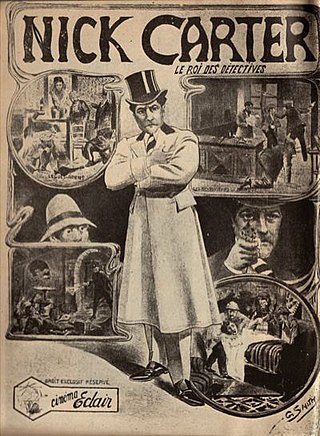
A mystery film is a genre of film that revolves around the solution of a problem or a crime. It focuses on the efforts of the detective, private investigator or amateur sleuth to solve the mysterious circumstances of an issue by means of clues, investigation, and clever deduction. By 2022, mystery films are generally referred to as detective fiction.

Philo Vance is a fictional amateur detective originally featured in 12 crime novels by S. S. Van Dine in the 1920s and 1930s. During that time, Vance was immensely popular in books, films, and radio. He was portrayed as a stylish—even foppish—dandy, a New York bon vivant possessing a highly intellectual bent. "S. S. Van Dine" was the pen name of Willard Huntington Wright, a prominent art critic who initially sought to conceal his authorship of the novels. Van Dine was also a fictional character in the books, a sort of Dr. Watson figure who accompanied Vance and chronicled his exploits.
The Our Gang personnel page is a listing of the significant cast and crew from the Our Gang short subjects film series, originally created and produced by Hal Roach which ran in movie theaters from 1922 to 1944.

Karl Dane was a Danish-American comedian and actor known for his work in American films, mainly of the silent film era. He became a star after portraying “Slim”, a supporting role in one of the most successful silent films of all time, The Big Parade (1925), directed by King Vidor and starring John Gilbert.

"Singin' in the Rain" is a song with lyrics by Arthur Freed and music by Nacio Herb Brown. Introduced by Doris Eaton Travis in The Hollywood Music Box Revue, then months later by Cliff Edwards and the Brox Sisters in The Hollywood Revue of 1929, the song was subsequently recorded by many contemporary artists.

Our Gang is an American series of comedy short films chronicling a group of poor neighborhood children and their adventures. Created by film producer Hal Roach, also the producer of the Laurel and Hardy films, Our Gang shorts were produced from 1922 to 1944, spanning the silent film and early sound film periods of American cinema. Our Gang is noted for showing children behaving in a relatively natural way; Roach and original director Robert F. McGowan worked to film the unaffected, raw nuances apparent in regular children, rather than have them imitate adult acting styles. The series also broke new ground by portraying white and black children interacting as equals during the Jim Crow era of racial segregation in the United States.

Frank Wright Tuttle was a Hollywood film director and writer who directed films from 1922 to 1959.

Roy Del Ruth was an American filmmaker.
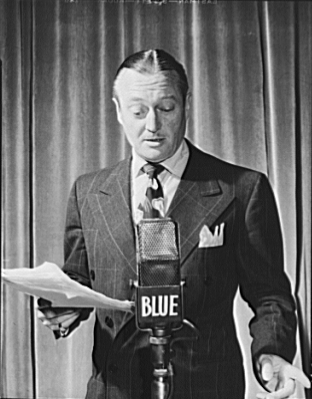
Edmund Dantes Lowe was an American actor. His formative experience began in vaudeville and silent film.
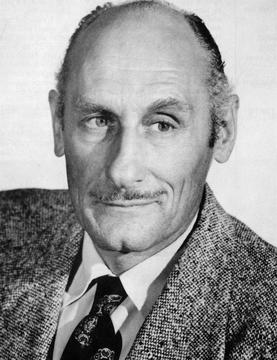
Jules White was an American film director and producer best known for his short-subject comedies starring The Three Stooges.
Anthony Pipolo, known professionally as Tom Palmer, was an Italian-American animator and short film director who was active in the 1930s and worked at several animation studios. He was born with the surname of "Pipolo" but changed his name to Palmer. One of his brothers, Frank Pipolo, was a decorated New York City police officer.
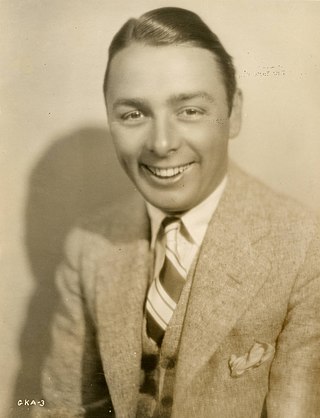
Arthur George Brest, known professionally as George K. Arthur, was an English actor and producer, born in Aberdeen, Scotland,. He appeared in more than 50 films between 1919 and 1935, and is best known as the diminutive half of the comedy team of Dane & Arthur.

The Grey Hounded Hare is a 1949 Looney Tunes short film made by Warner Bros. Pictures and starring the voice talent of Mel Blanc. The film stars Bugs Bunny. It was directed by Robert McKimson, and animated by John Carey, Phil DeLara, Manny Gould and Charles McKimson, with music scored by Carl Stalling. The title refers to the greyhounds of the plot as well as "hounded" meaning pestered or pursued relentlessly.
The Dogway Melody is a 1930 comedy short film that recreates scenes from early musical films, particularly The Broadway Melody. The entire cast are trained dogs with human voiceovers. It was directed by Zion Myers and Jules White and it forms part of the MGM produced series of Dogville shorts.
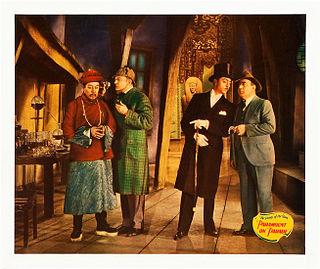
Paramount on Parade is a 1930 all-star American pre-Code revue released by Paramount Pictures, directed by several directors including Edmund Goulding, Dorothy Arzner, Ernst Lubitsch, Rowland V. Lee, A. Edward Sutherland, Lothar Mendes, Otto Brower, Edwin H. Knopf, Frank Tuttle, and Victor Schertzinger—all supervised by the production supervisor, singer, actress, and songwriter Elsie Janis.
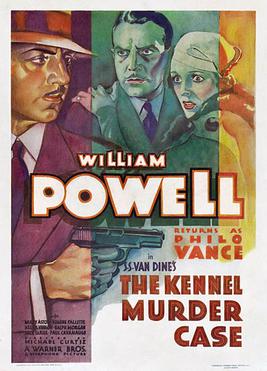
The Kennel Murder Case is a 1933 American pre-Code mystery film adapted from the 1933 novel of the same name by S. S. Van Dine. Directed by Michael Curtiz for Warner Bros., it stars William Powell and Mary Astor. Powell's role as Philo Vance is not the actor's first performance as the aristocratic sleuth; he also portrays the character in three films produced by Paramount in 1929 and 1930.
So Quiet on the Canine Front is a 1930 American comedy short film, from Metro-Goldwyn-Mayer, that parodies Universal Pictures' celebrated anti-war drama All Quiet on the Western Front, the winner, on November 5, 1930, at the 3rd Academy Awards, of the Award for Best Picture.
References
- ↑ "Movieland Goes Roman", Performing and Captive Animals' Defence League circular, 1931